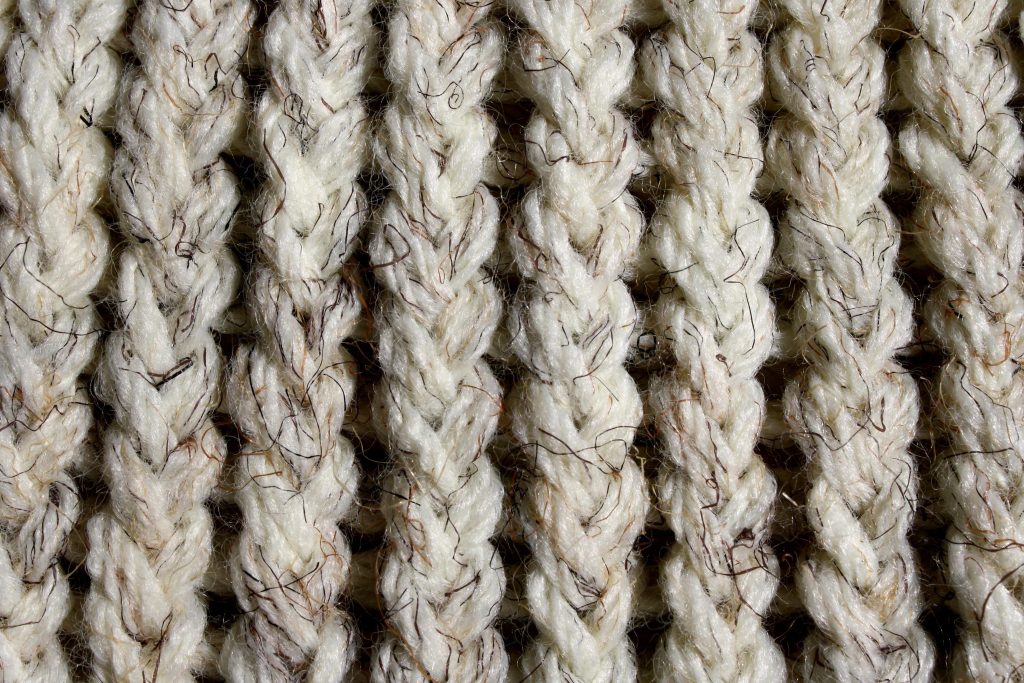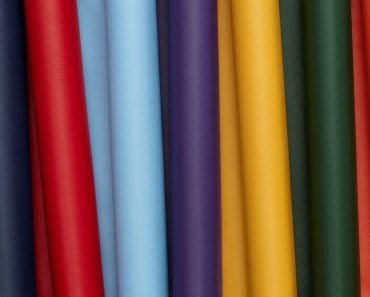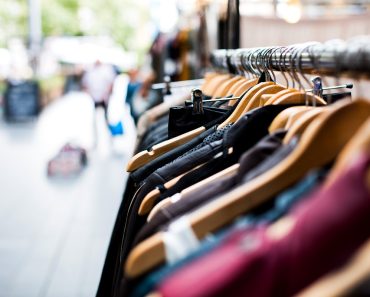This is a reference to assist you in navigating the content of our clothing so that you may make more environmentally friendly purchases, whether new or second-hand.
Textile fibres can be natural or synthetic. Natural fibres include cotton and flax, as well as silk and wool from animals. Synthetic fibres are constructed of synthetic fibres.
Semi-synthetic compounds are produced from natural components such as cellulose from trees, but the fibres are manufactured by man.

SYNTHETIC FIBERS
Acrylic:
Acrylic is a type of plastic that is manufactured artificially from petroleum. Acrylic is one of the most polluting synthetic fibres due to the large number of toxic compounds used in its production and the need for a large number of resources.
Fabric is highly sensitive to heat, and it commonly develops pills, those tiny little balls that develop on the surface of the fabric. They are made from plastic and can be detrimental to the environment.
Elastane / Lycra / Spandex:
A typical combination is polyester and elastane, which makes the cloth extremely flexible. It’s often used as a supplement to other fibres in order to make clothes more elastic, both natural and synthetic materials.
Nylon / Polyamide:
The only distinction is that nylon is a brand name, whereas polyamide is a company name.
Polyamide is a tough, resilient, and wrinkle-free material.
Polyester:
Polyester is the most abundant man-made fibre, and it’s also one of the most common fabrics in modern clothing. It’s especially popular in Fast Fashion because it’s a very cost-effective and adaptable material.

NATURAL FIBERS
Plant-Based
Cotton:
Cotton is the most popular cloth, but it requires an enormous amount of water to produce.
Properties: It absorbs moisture readily, making it appropriate for towels or bedding but unsuitable for workout clothes or swimwear since it absorbs the water and becomes very heavy. It wrinkles easily as well.
Hemp:
Hemp comes from the plant Cannabis Sativa and has been around for 10,000 years, but it is no longer as popular because of legal restrictions on growing the plants.
It’s simple to cultivate because it doesn’t require much food in the soil, and there are no pesticides necessary. It may also be beneficial for the environment to produce the product since it binds the soil with its long roots, preventing soil erosion. It’s also a natural fibre that is completely biodegradable and requires very few chemicals to make the cloth. The material is more durable than cotton and has a linen-like appearance.
Flax (Linen):
The fabric is made from flax and derived from the flower of the plant’s stem. It’s a strong, stiff material that resembles hemp fibre.
Flax can be cultivated in regions that are much colder than other crops, thus the need for pesticides is reduced.
The making of linen is a time-consuming process that can frequently raise the cost of production.
I’d rate linen as the second-best material after hemp from an ecological standpoint.
Animal-Based
Wool:
Other types of wool, such as Angora from the Angora rabbit or Cashmere from goats born in India’s Kashmir area, are usually called by other names.
Alpaca:
The alpaca wool is harvested many months after the animal has died. It’s a type of pashmina that comes from South America and is extremely soft. It doesn’t contain wool grease, so individuals with allergies should avoid it. It has a very small environmental effect.
Angora:
Angora rabbits are the source of the angora wool. It’s incredibly soft and fine, but because it’s so easy to remove a rabbit’s hair, many people do it without thinking about how cruel it is.
Cashmere:
This wool comes from goats that live in Asia and are native to the region of Kashmir in India. The fabric is manufactured from shredded wool after the winter season, but the goats themselves are harmful to the environment since they rip up the grassroots, removing soil erosion and water washing away nutrients from the soil, turning it into a desert-like appearance. It’s quite soft and costly.
Silk:
The cocoon of silkworms is used to make silk. Mulberry Silkworm is the most frequent variety. Since China’s invention of textile manufacturing, it has existed for approximately 8500 years.
SEMI-SYNTHETIC FIBERS
Viscose/Rayon:
Viscose is a manmade product made from wood pulp. While this stuff is natural, the method of conversion into fibres uses several hazardous chemicals, making it a semi-synthetic fibre in its own right.
Bamboo:
Bamboo’s reputation in the sustainability sector is outstanding owing to its rapid growth and lack of need for pesticides.
However, the conversion of bamboo to fibres for textiles necessitates the use of a large number of chemicals, many of which are extremely hazardous. Carbon disulphide, for example, is believed to cause birth defects and difficulties in reproduction. It takes approximately 5.5 kg of chemicals to make 1 kg of bamboo viscose.
Lyocell/Tencel:
The distinction between Lyocell and Tencel is that they are produced in a closed-loop system, so the chemicals are reused. Tencel is similar to Lyocell, but it comes from Austria and has been trademarked.
Cupro:
This is a form of manmade fibre that is manufactured from natural components derived from cotton. It’s much like making semi-synthetic material viscose, which you can learn more about farther down.


